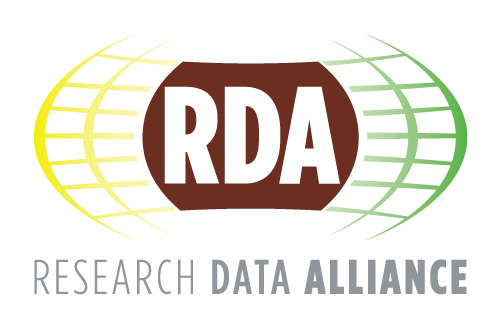Type examples from RDA P3
-
Discussion
-
Dear PIT,
please find attached the type examples we collected at the P3 PIT
session in digital form. Thanks again for your input, this was very
creative and helpful work! Perhaps we can repeat this at a later point.
I’ve done some minor editing while digitizing the papers, but did
intentionally not streamline the different property types that actually
denote the same things. I’ve added some comments, but this is by far not
a fully-fledged analysis.
There are a couple of rough observations I’d make at this point:
– the elemental property types are: String, URL, PID, DateTime, Boolean,
Integer, Float
– there is a need for complex value types (tuples/lists of the
elementals, denoted with a +), which are very useful to applications,
but need not be interpreted at the PIT API level
– the ‘checksum’ type may be an example for specialization of the
‘String’ value type. The PIT API needs not to care, but the different
semantics should be available to the consumer applications.
– some properties have innate dependencies on other properties, e.g.
checksum date and checksum (MD5). Again, the PIT API needs not to know
to do its business, but the consumer wants to know (either by hard-wired
logics or e.g. through information obtained from the type registry).
Best, Tobias
—
Tobias Weigel
Department of Data Management
Deutsches Klimarechenzentrum GmbH (German Climate Computing Center)
Bundesstr. 45a
20146 Hamburg
Germany
Tel.: +49 40 460094 104
E-Mail: ***@***.***
Website: http://www.dkrz.de
Managing Director: Prof. Dr. Thomas Ludwig
Sitz der Gesellschaft: Hamburg
Amtsgericht Hamburg HRB 39784
PIT_type_examples.docx
Log in to reply.

